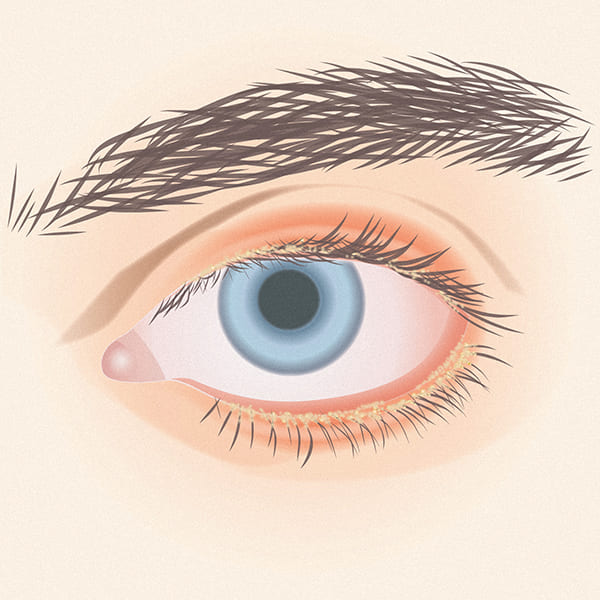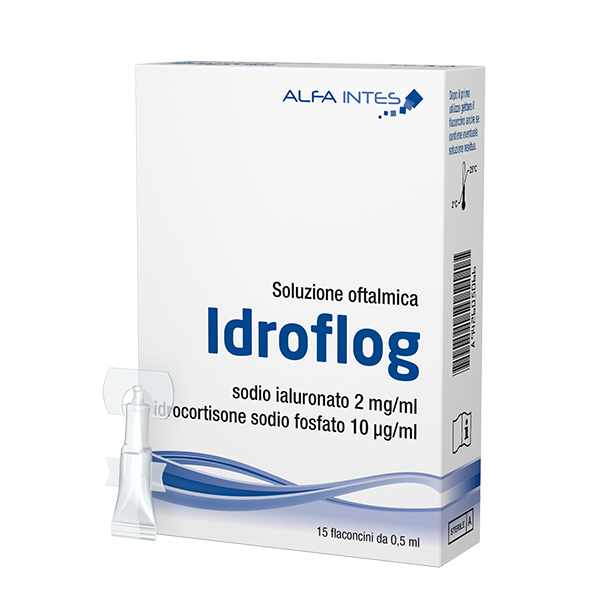Diagnosis
Thepresence of certain characteristic symptoms affecting the eyelids (such as irritation, swelling, tearing, dandruff on the eyelashes) could indicate the presence of blepharitis.
In any case, it is always advisable to refer to a medical specialist, the ophthalmologist, who, after a careful examination of the eyelids using a slit lamp (biomicroscope), can make a proper diagnosis of blepharitis.
In addition to establishing the presence of this condition, it is always important for the specialist to identify the primary cause.
Treatment
Treatment for blepharitis usually involves antibiotic eye drops or ointments (which may or may not be combined with cortisone) prescribed by the ophthalmologist. In severe cases, antibiotics may be prescribed by mouth.
Careful daily cleaning of the eyelids can certainly help to control blepharitis symptoms: using clean hands, gently massage the eyelids (especially the eyelid margin, where the eyelashes are rooted), using clean gauze or a eyelid wipe (one for each eye). Warm, moist compresses with cotton wool soaked in lukewarm water or heated disposable eye wipes may also be useful.
During the entire therapy, particularly when the eyelids are inflamed, the use of contact lenses and cosmetics in the eye area is not recommended.
In any case, a complete blepharitis treatment should not ignore the treatment of the primary pathology that may have caused it, such as correcting a vision defect, diet or lifestyle.


